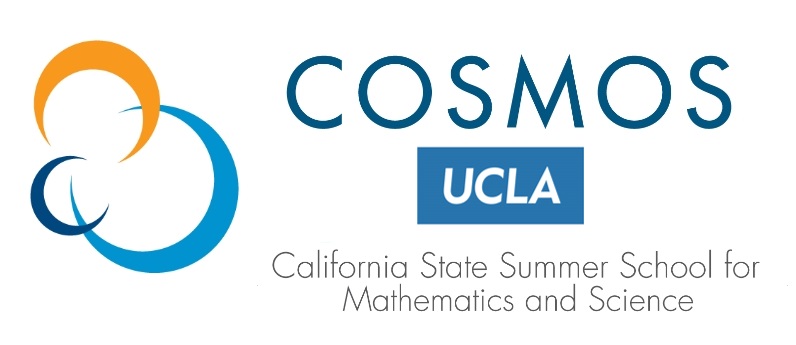Instructor
H. Tad Blair, Associate Professor of Behavioral Neuroscience in the UCLA Psychology Department
Coursework Prerequisites
AP Biology or equivalent, Calculus BC or equivalent. Programming experience (in any language) is preferred; students who are new to programming may be asked to complete an online coding course before arrival.
Course Description
The world is entering a new era of Artificial intelligence (AI) technology in which machines will become increasingly capable of performing “human” tasks such as speaking a language, driving an automobile, writing a computer program, or recognizing images in photographs and videos. To perform such tasks, AI systems rely on artificial neural networks that learn from their own experiences in the much same way that humans and animals do. Indeed, AI technology has arisen largely from efforts by scientists and engineers to build machines that mimic the brain. For this reason, modern AI is sometimes referred to as “brain-inspired computing.”
This cluster will introduce students to fundamental principles of brain-inspired computing that make it possible for biological and artificial neural networks to learn and solve problems. Each morning, students will attend two lectures on closely related topics from neuroscience and machine learning. Each afternoon, students will attend computer lab sessions where they will use the Python programming language to train and test neural networks that simulate brain circuits or perform useful computing tasks. In addition to lectures and labs, field trips and discussions with cluster faculty will help students to understand what AI technology can teach us about how the brain works, and vice versa.
Along our journey we will delve into mysteries and questions that are taking on new importance with the advent of AI technology: What is intelligence? How do our brains store and retrieve memories? Why do we sleep and dream? How do people form habits and how can they break them? Will machines ever become as or more intelligent than humans? Can a machine become conscious? What are the greatest dangers of AI? How can citizens safeguard freedom and tolerance in a post-AI world?
